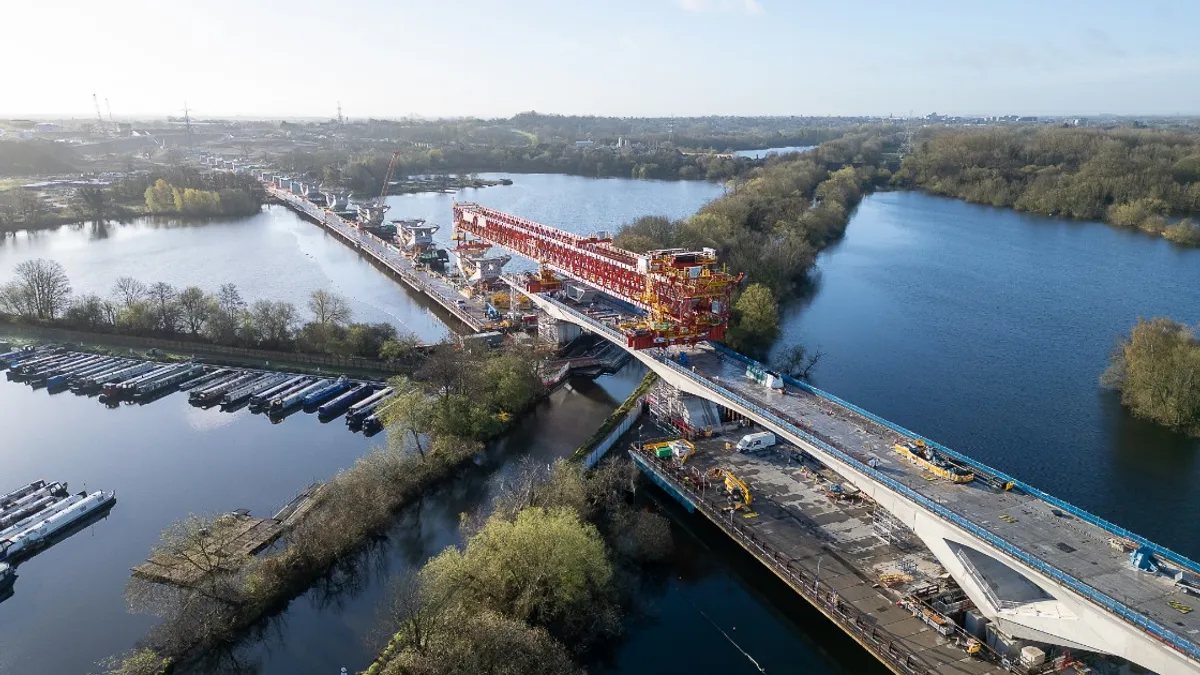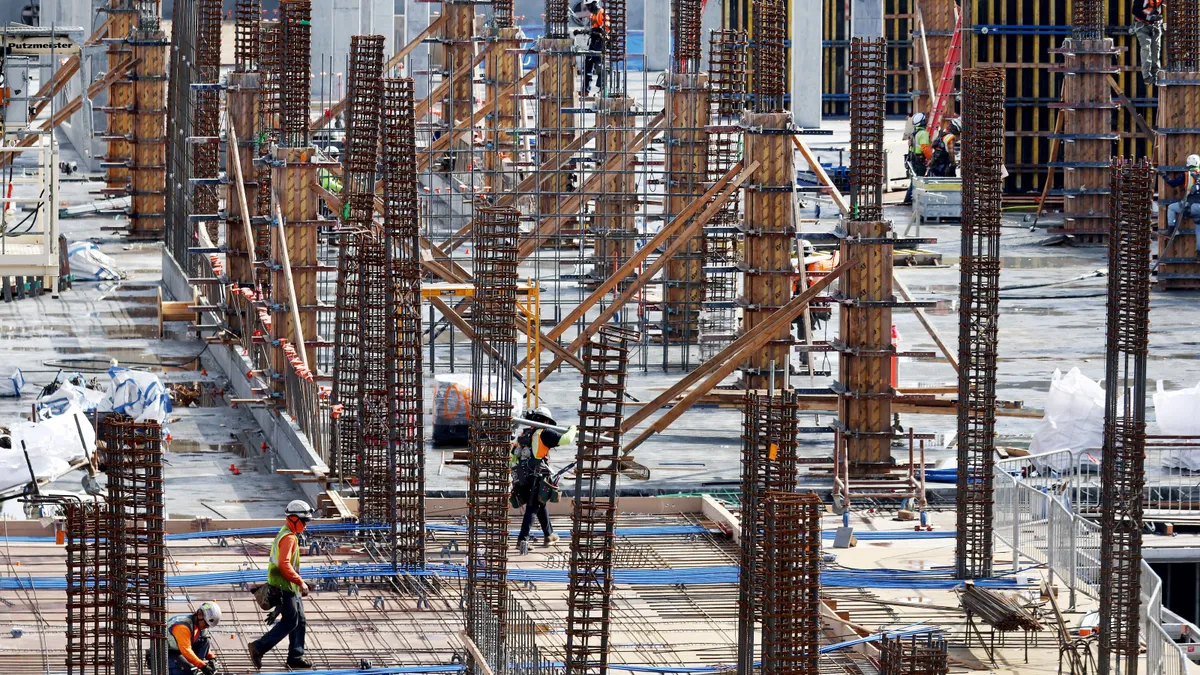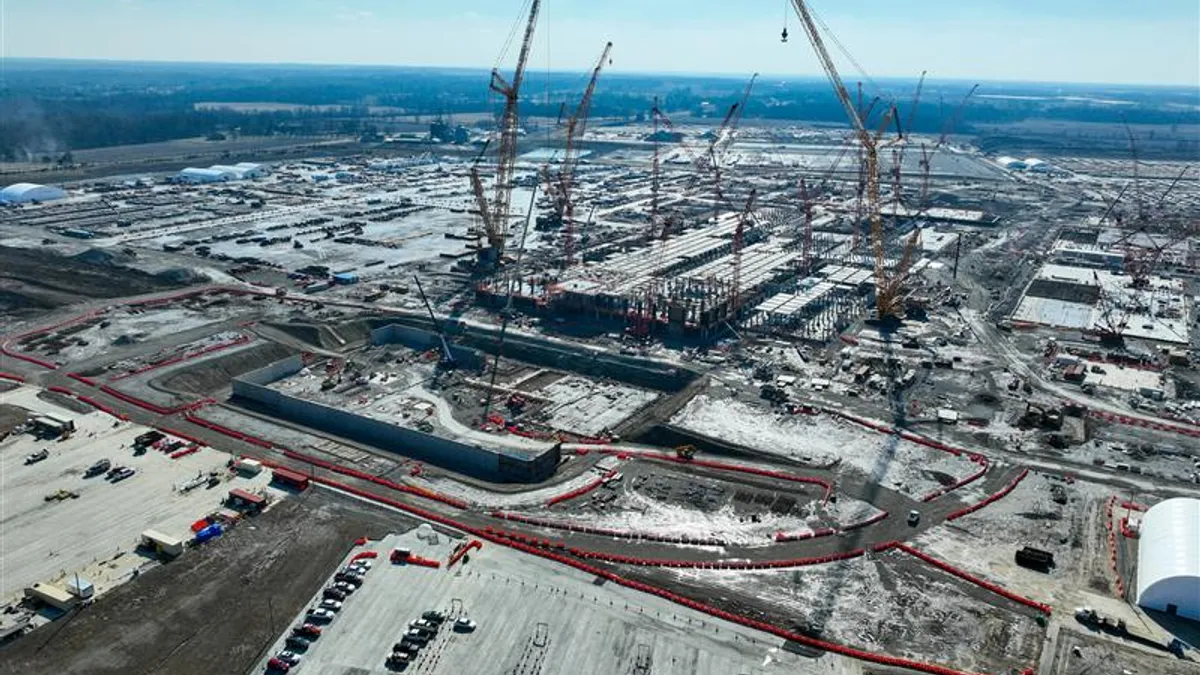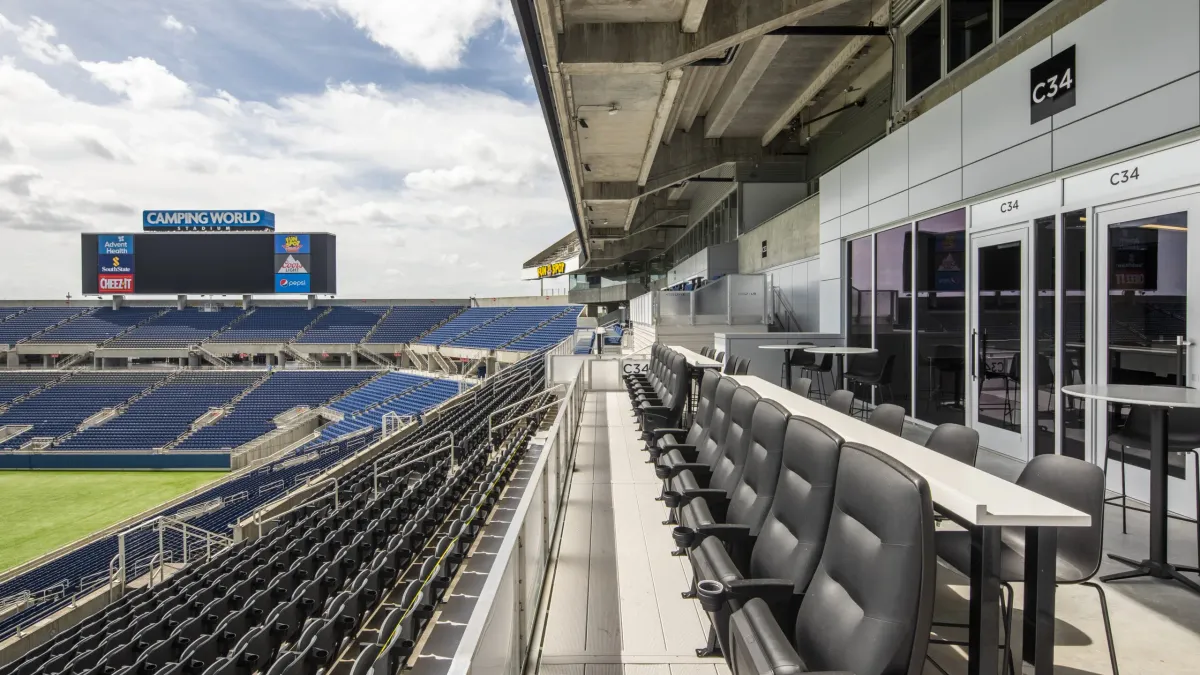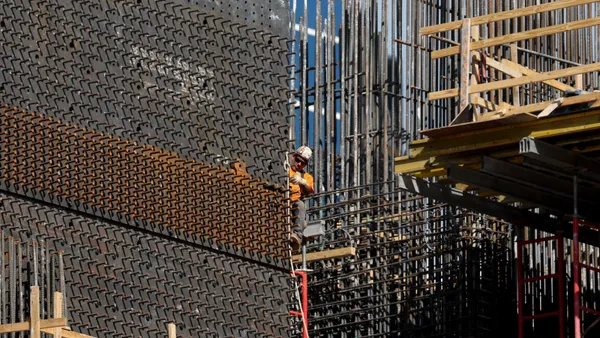Diversity in the architecture/engineering/construction industry is severely lacking, and the implications of that fact reach more than just moral questions, as they are holding back companies from higher profits, according to Joe Smetona, an associate at A/E/C advisory firm EFCG.
During a keynote address of the Construction Management Association of America's National Conference & Trade Show, Smetona implored the attendees to consider the sluggish progress of the construction industry in recent years. "If you take a quick look around the room, it’s clear to see there’s a lot of room for improvement," he said.
Linda Rosenberg, regional manager of engineering for Gilbane Building Company, told Construction Dive she has personally experienced this lack of women in executive positions. "I don't think I've reached as high as I should have had I been a man," she said. However, she has seen the industry and her current company make significant strides in improving diversity in recent years, but noted there is still a long way to go.
Both Smetona and Rosenberg cited the ongoing labor shortage as a motivating factor that is getting construction executives to take notice of the lack of diversity and, possibly, take steps to improve it. With retention problems exacerbating the current dearth of qualified laborers and professionals, construction companies are being forced to reexamine their policies and find ways to both recruit experienced workers and keep them.
The data
EFCG surveyed 82 A/E/C firms of varying sizes. The final results represented 446,713 employees and $120 billion in 2014 gross revenue. The resulting diversity figures from those companies, Smetona noted, were less than ideal.
Between 2010 and 2015, the average percentage of female employees hovered around 30%, and the average percentage of minority employees stayed around 15%.
The study found that the larger the firm, on average, the higher percentage of minorities that firm employs. Firms with less than $100 million in gross revenue reported minority employees represent only 8.9% of their staff, while firms with more than $1 billion in gross revenue employed 22.6% minorities.
Smetona attributed this trend to heightened attention to the diversity issue. And, with larger HR departments, those companies have more resources to make significant steps. "Large firms are more likely to consider diversity when identifying future leaders," Smetona said. "[They] have more diversity because they’re focusing on it."
Within the overall question of a diverse staff, A/E/C firms tend to have fewer minorities and women in higher-level positions. Of the surveyed companies, none had minorities in their executive suite.
A/E/C firms also reported a higher gender wage gap with increasing levels of seniority.
This lack of women in senior positions, and correlating higher gap in pay in those positions, is partially the result of insufficient maternity leave, according to Smetona. The surveyed firms offered their employees a median of six weeks of maternity leave with 60% pay, but most designated that time as "short-term disability," rather than true maternity leave.
That median maternity leave time offered by A/E/C firms is significantly less than other developed countries and the up-and-coming technology companies that are snatching away talent from the engineering pool, according to Smetona. Tech giants like Microsoft, Facebook, Google and Apple offer several more weeks of paid maternity leave because they "recognize that they have an issue and are doing something about it," Smetona said.
As many construction firms fail to meet the precedent set by other industries, women are leaving the industry and causing a serious retention issue. "We know we have a shortage of talent," Smetona said. "If you're not offering a competitive benefits package, you're going to have a hard time."
Rosenberg, who has been with Gilbane for more than 20 years, added that she believes the dearth of higher-level female employees can also be attributed to the long hours that come with construction positions. "It's a very time-consuming job," she said. "Once you have kids, it's not very desirable."
How to improve diversity
Smetona encouraged construction professionals to work to improve diversity on their staffs moving forward. "To create a culture that breeds innovation, you need people with different perspectives, different backgrounds, who can bring something new to the table," he said.
Smetona suggested mentoring programs, tailored executive coaching and short-term global assignments as just a few ways to improve diversity.
Rosenberg advised construction companies to try to reach potential future engineers and construction professionals at a young age, as many women and minorities don't have anyone in their families in the industry who can serve as an example. "Get kids interested in it before college," she said. "They don't even think about it because no one in their family has ever done it."
She also said that hiring college graduates with non-traditional majors can bring new ideas and perspectives into a company.
Benefits for business
The positive results that come with including more women and minorities also reach into a company's bottom line, as the lack of opportunities and competitive benefits for a more diverse staff lead to higher turnover rates. According to EFCG, the cost of turnover for each employee can be as much as $50,000, due to recruiting fees, severance pay, training cost, lost revenue and more.
"People are your assets. When someone leaves your business, it's very costly and inefficient," Smetona said. "If women are leaving and minorities are leaving, that's turnover. There's a lot of turnover you ultimately don't need that's driving down your profit margins."
A more diverse staff, Rosenberg noted, also helps firms win bids for contractors. "It makes you look more like your client and makes it easier for them to hire you," she said.
Smetona added, "At the end of the day, diversity matters for a moral imperative to be fair, and the selfish reason to make your business as profitable as possible."







